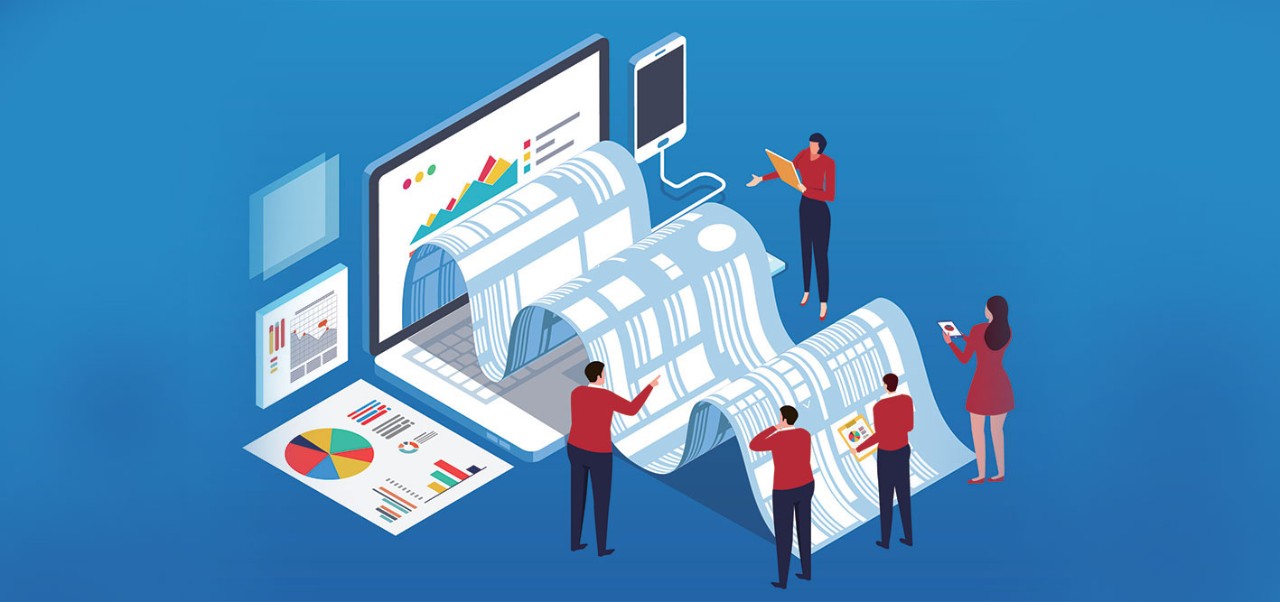
Financial dashboards are transforming decision-making for businesses by enabling the visualisation of key data.
The tools consolidate a company’s most important performance indicators in one place, offering a real-time snapshot of financial position and helping to inform future planning. The visual picture that dashboards create not only makes it easier for everyone in the organisation to understand exactly what is going on, but also highlights actionable steps that can be taken to improve performance.
Paul Gardiner, founder of Hong Kong and Singapore-based Fresh Accounting, which offers a CFO for hire service, is a big advocate of financial dashboards. He says: ‘In the past, businesses would use profit and loss reports along with balance sheets, but increasingly management wants to see more information presented graphically to have greater visualisation. This is where dashboards can really benefit businesses. They provide a greater insight than traditional P&L reporting.’
Ciaran O’Donnell, founder of Virtual FD, explains that visualising data helps CEOs to focus on the most important metrics for a company’s performance and growth plans. ‘CEOs tend not to be excited by a wall of numbers,’ he points out. ‘Financial dashboards give them graphs, context and key outputs. I include short comments to give everything meaning and back up how we are doing and where we are going.’
‘CEOs tend not to be excited by a wall of numbers. Financial dashboards give them graphs, context and key outputs’
He adds that setting up a dashboard for a client running an enhanced childcare business enabled management to realise the key metric they needed to pay attention to was average revenue per child per session. Focusing on this metric not only helped them understand the value of a recently introduced activity, but also to create more credible income and profit forecasts.
Declan Doran, CFO of Hong Kong-based Black Sheep Restaurants, says the group decided to introduce financial dashboards when its business started to experience significant growth and add more restaurants to its portfolio. ‘The dashboards allow you to track performance, and charts can be published representing the data in an easy-to-read format for senior management,’ he says.
Having key information readily available also enables Black Sheep’s management to reach conclusions around food and beverage costs, payroll and other expenditure. ‘This allows the business to be agile and make decisions quickly regarding cost-cutting initiatives,’ Doran explains.
Frances Tho, founder of Singapore-based health snacks firm Snacksbuddy, introduced financial dashboards around two years ago. ‘Since then our business has become more streamlined and organised at back-end invoicing, and we are also able to present a more professional image in front of our clients,’ she says.
Informed decisions
As a tool, financial dashboards have really come into their own during the uncertainty created by Covid-19 by supplying business owners with real-time information on which to base decisions.
Gardiner explains that as businesses have had to adapt and innovate, dashboards have helped them see how particular decisions could benefit the business, while providing confirmation on whether strategies implemented at the start of Covid-19 were actually working.
O’Donnell agrees. ‘CEOs have made quicker decisions and can plan ahead using a financial dashboard,’ he says.
He adds that one client was able to share its financial position and key metrics captured on its financial dashboard with investors, who agreed as a result to extend the business’s cashflow runway, safeguarding it for an additional 12–18 months. ‘It allowed the business to assess the impact of lockdown and also which markets to focus on once things reopened,’ he says.
The essentials
O’Donnell thinks a good financial dashboard contains a combination of actual numbers, such as customers and new and recurring revenues, as well as metrics derived from those numbers, such as average revenue per customer. Other elements he thinks are important to include are costs, cashflow and profit.
Even having a very simple dashboard can have a big impact on a company’s performance if it shows the right thing, he says.
Doran advises companies introducing financial dashboards to ensure they are easy to navigate and interactive. He suggests integrating other internal systems, such as accounting, payroll and warehousing, so data can be consolidated and the dashboard made as meaningful as possible.
He also stresses the importance of making sure that data is accurate before moving it onto the new platform. ‘The integrity of data is crucial in order to make informed decisions,’ he says.
For Tho a good financial dashboard is intuitive and user-friendly, customisable, and able to scale as the business grows. She adds that when introducing one, companies should talk to their finance department to understand exactly what objectives need to be met.
Gardiner, though, cautions against trying to include too much information when setting a dashboard up for the first time. ‘For an SME, it’s about having the critical information needed and keeping it simple to begin with,’ he says, adding that it will evolve over time.





